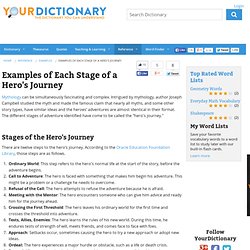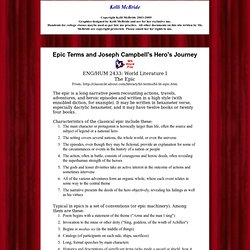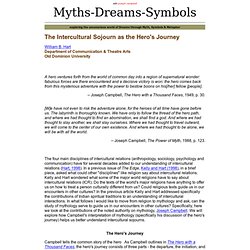

10 Great Resources for Integrating Social Justice Into Your Classroom. The content that follows was originally published on the Institute for Humane Education website at Today I came across an article about a man who has created a 100 Thing Challenge for himself.

The goal? “By November 12, 2008 I will only have 100 personal things. I will live with only 100 personal things for one full year, until November 12, 2009.” Dave Bruno is keeping the blogosophere apprised of his progress (and sharing about other issues related to consumerism) through his blog, guynameddave. I was saddened to see that one columnist’s response to Dave’s campaign was basically, “We all should probably have less stuff, but reducing one’s possessions to such a small number is unrealistic, and I’m perfectly happy with all the stuff I have, like my 9 watches.
Even those people who are trying to come into balance with their stuff struggle to develop a true healthy relationship with things — to really understand wants versus needs. . ~ Marsha. The Hero Archetype in Literature, Religion, Movies, and Popular Culture: A Graduate Project. Monomyth Website, ORIAS, UC Berkeley. Examples of Each Stage of a Hero's Journey. Mythology can be simultaneously fascinating and complex.

Intrigued by mythology, author Joseph Campbell studied the myth and made the famous claim that nearly all myths, and some other story types, have similar ideas and the heroes’ adventures are almost identical in their format. The Hero's Journey ~ Life's Great Adventure. The Hero's Journey ~ Life's Great Adventure Jane Upton Hall Westside High School The whole sense of the ubiquitous myth of the hero’s passage is that it shall serve as a general pattern for men and women, wherever they may stand along the scale. Therefore, it is formulated in the broadest terms. The individual has only to discover his own position with reference to this general human formula, and let it then assist him past his restricting walls. -Joseph Campbell, . The study of the “Hero’s Journey” that I have designed is intended to help students understand that their lives are a series of journeys, and they can have some control over their own destinies.
In a recent poll of students in my 9 th and 11 th grade English classes at Westside High School in Houston, Texas, I discovered that a is often perceived to be someone with outstanding ability, with tremendous courage, and who exercises bravery beyond the normal limits. I. II. III. VI. VII. VIII. Students will learn the which include: ENG/HUM 2433 World Literature I. ENG/HUM 2433: World Literature I The Epic From: The epic is a long narrative poem recounting actions, travels, adventures, and heroic episodes and written in a high style (with ennobled diction, for example).

It may be written in hexameter verse, especially dactylic hexameter, and it may have twelve books or twenty four books. Characteristics of the classical epic include these: Typical in epics is a set of conventions (or epic machinery). The Hero's Journey: From Literature To Video Gaming. Myths-Dreams-Symbols- The Psychology of Dreams. The Intercultural Sojourn as the Hero's Journey William B.

HartDepartment of Communication & Theatre Arts Old Dominion University Take a Moment to Comment A hero ventures forth from the world of common day into a region of supernatural wonder: fabulous forces are there encountered and a decisive victory is won: the hero comes back from this mysterious adventure with the power to bestow boons on his[/her] fellow [people]. -- Joseph Campbell, The Hero with a Thousand Faces, 1949, p. 30. [W]e have not even to risk the adventure alone, for the heroes of all time have gone before us. -- Joseph Campbell, The Power of Myth, 1988, p. 123.
The four main disciplines of intercultural relations (anthropology, sociology, psychology and communication) have for several decades added to our understanding of intercultural relations (Hart, 1998). The Hero's Journey Table 1. Note: Table 1 is based on Campbell's (1949) description of the hero journey typically found in mythology. The Journey: Creating a Course of Study. The Hero's Journey.